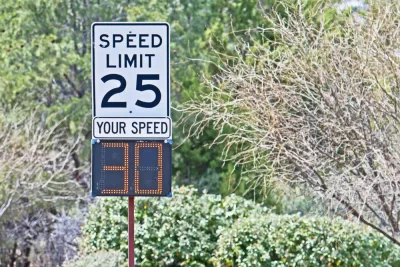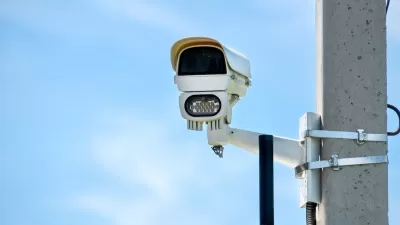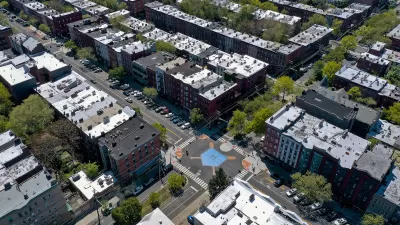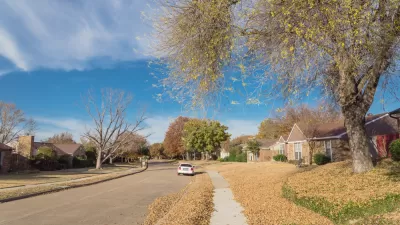The city announced a new cost-sharing plan and an expanded set of speed reduction devices available to neighborhoods wanting to improve traffic safety.

The Oklahoma City Public Works Department is restarting an alternative speed abatement program (ASAP) that lets community groups apply for new traffic calming devices on dangerous streets. As the Oklahoma City Sentinel reports, the program originally required applicants to pay the full cost of traffic calming devices, but the city will now fund half of each project.
According to a press release from the city, “The revamped program expands the traffic calming features available, decreases eligibility requirements for streets and removes the requirement to provide a conceptual plan.”
Streets eligible for the program must be public streets identified as neighborhood streets, connector streets, or industrial streets with speed limits below 25 mph or 30 mph, depending on the device requested. The traffic calming devices available include pavement markings, signage, speed humps and cushions, and mini-roundabouts.
See the source article for more information and a link to the application.
FULL STORY: Oklahoma City relaunches speed reduction program for neighborhoods

Planetizen Federal Action Tracker
A weekly monitor of how Trump’s orders and actions are impacting planners and planning in America.

Map: Where Senate Republicans Want to Sell Your Public Lands
For public land advocates, the Senate Republicans’ proposal to sell millions of acres of public land in the West is “the biggest fight of their careers.”

Restaurant Patios Were a Pandemic Win — Why Were They so Hard to Keep?
Social distancing requirements and changes in travel patterns prompted cities to pilot new uses for street and sidewalk space. Then it got complicated.

Platform Pilsner: Vancouver Transit Agency Releases... a Beer?
TransLink will receive a portion of every sale of the four-pack.

Toronto Weighs Cheaper Transit, Parking Hikes for Major Events
Special event rates would take effect during large festivals, sports games and concerts to ‘discourage driving, manage congestion and free up space for transit.”

Berlin to Consider Car-Free Zone Larger Than Manhattan
The area bound by the 22-mile Ringbahn would still allow 12 uses of a private automobile per year per person, and several other exemptions.
Urban Design for Planners 1: Software Tools
This six-course series explores essential urban design concepts using open source software and equips planners with the tools they need to participate fully in the urban design process.
Planning for Universal Design
Learn the tools for implementing Universal Design in planning regulations.
Heyer Gruel & Associates PA
JM Goldson LLC
Custer County Colorado
City of Camden Redevelopment Agency
City of Astoria
Transportation Research & Education Center (TREC) at Portland State University
Camden Redevelopment Agency
City of Claremont
Municipality of Princeton (NJ)





























